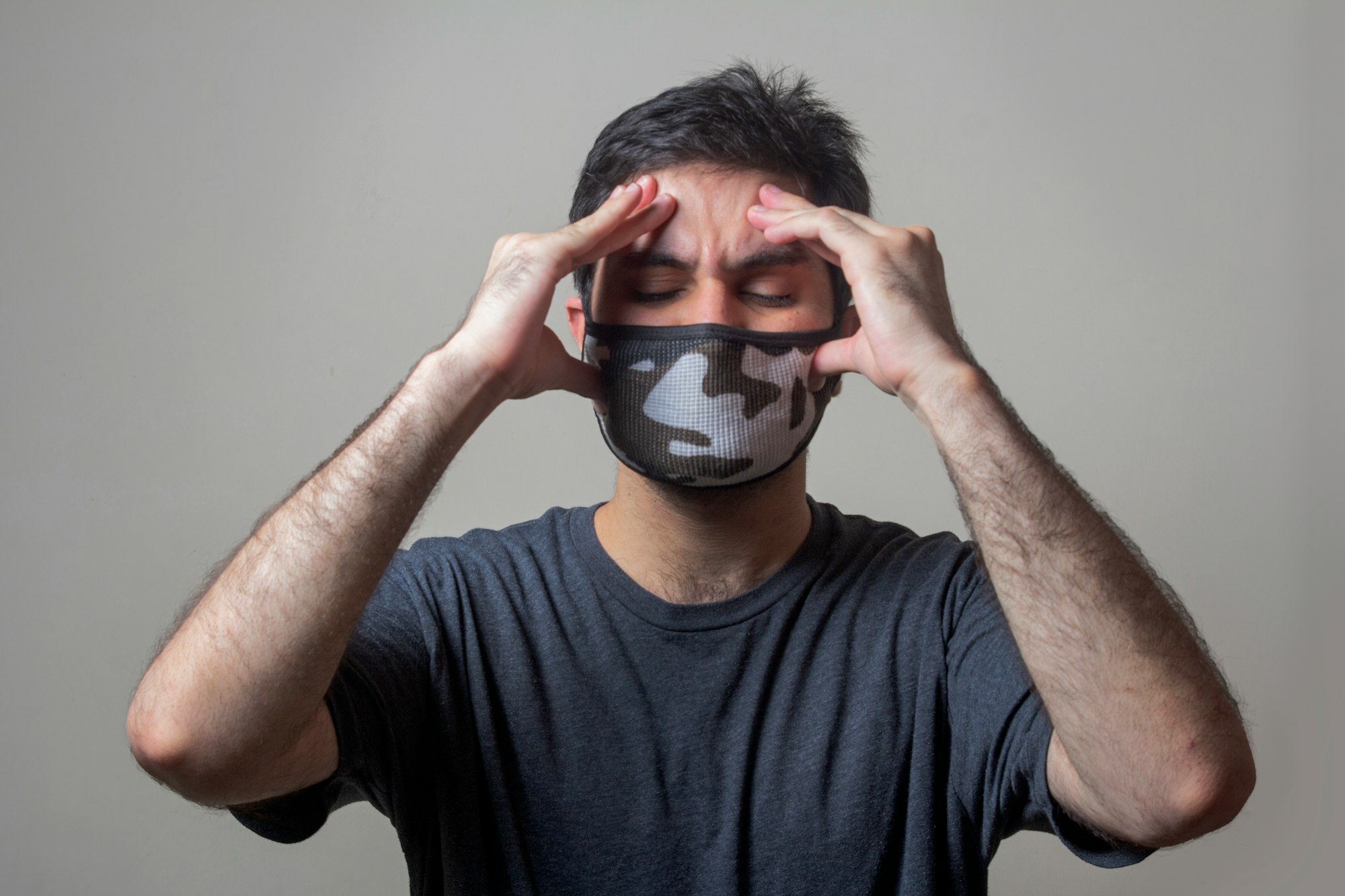Conspiracy theorists take note, the pandemic might have wiped out some strains of the flu, and in any case, when was the last time you had a cold?
'It’s a fake virus', said the more extreme conspiracy theories; 'it’s no worse than flu', they said, and then they presented what they thought was the killer argument, ‘why have cases of flu fallen so sharply?' The inference being that we had somehow confabulated Covid with flu.
The reality, of course, is quite different; flu, and indeed the cold, are viruses. You don’t get a cold or flu from being outside in wet clothes, the two conditions are contagious; you catch them from other people, either directly or from contaminated surfaces.
Social distancing measures meant we were less likely to catch either. And since flu is less contagious than Covid, social distancing designed to reduce infections of the Covid virus were always likely to have an even more significant impact on flu and cold infections.
Come to think of it; the author hasn’t had a cold for at least 18 months. When was the last time you had a cold?
It turns out that some flu strains haven’t been spotted since March 2020, which was the last time the particular strains were uploaded onto an international database, created by Gisaid, an organisation which among other things, monitors the development of flu strains.
It is double good news because flu strains had been mutating such that it was becoming increasingly challenging to develop a vaccine to provide complete coverage. In the 2017/18 flu season, in the US, three-quarters of vaccinated people didn’t gain protection from one particular strain.
The especially irksome strain is known as the H3N2 strain, but this is one of the strains that has apparently disappeared.
Another strain gone missing is the influenza B virus, which falls under the Yamagata lineage.
Not only did the pandemic see certain flu strains disappear, but the overall number of flu related hospitalisation in the 2020/21 flu season was also at the lowest level since 2015, which is as far back as the data goes. The season saw just one pediatric flu death in the US compared to 196 in 2019/20.
It is not all good, however. Researchers fear that the decline in flu rates mean that they have less data available to help develop a vaccine for the next flu season.
This all begs the question, should social distancing, and mask-wearing stay in place post-Covid?
There is a widespread view that mask-wearing is here to stay, like in China.
Will we return to kissing and hugging and shaking hands post-Covid?
It is well known that in China, there is a degree of distrust for strangers. This paper cites the evidence.
Mask wearing has become a permanent feature in China, but then maybe with so much distrust of strangers, that is understandable.
Maybe handshaking is gone, forever, too.
But we are a social species; Homo sapiens evolved to have close social contact with others. Indeed, Anthropologist Robin Dunbar has argued that speech evolved initially as a form of social grooming.
But part of speech is lip-reading; wearing a mask mitigates against this.
We often hear the question asked, what permanent change has Covid brought? If the answer to that question is an end to nine to five and daily commutes in crowded trains, then good. Nothing in our evolution suggests we are hard-wired to work 40 hour weeks and the same hours every day, with the same journey to work.
If the answer to that question is permanent mask-wearing and social distancing, then bad. Social distancing and impaired facial signals are the antitheses of what our evolution had ‘in mind’ when it created our species.
In any case, remember the Incas, Aztecs and H.G.Wells’ Martians. What they all had in common a lack of immunity to diseases common in Europe, Asia, and Africa.
Defeating Covid is a laudable aim, but attempting to eliminate all viruses might be quite dangerous.






Related News
The tyranny of rightwing snowflakes and far-right wokism
Mar 14, 2023
Unconscious bias 1930s Germany and the BBC
Mar 14, 2023
Microsoft CEO says AI can reduce inequality
Jan 24, 2023